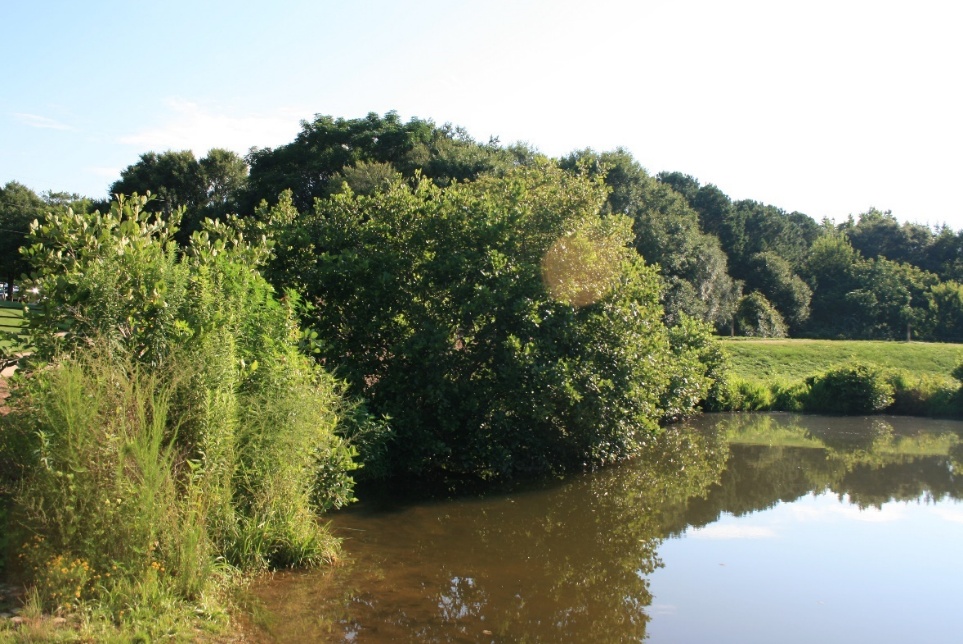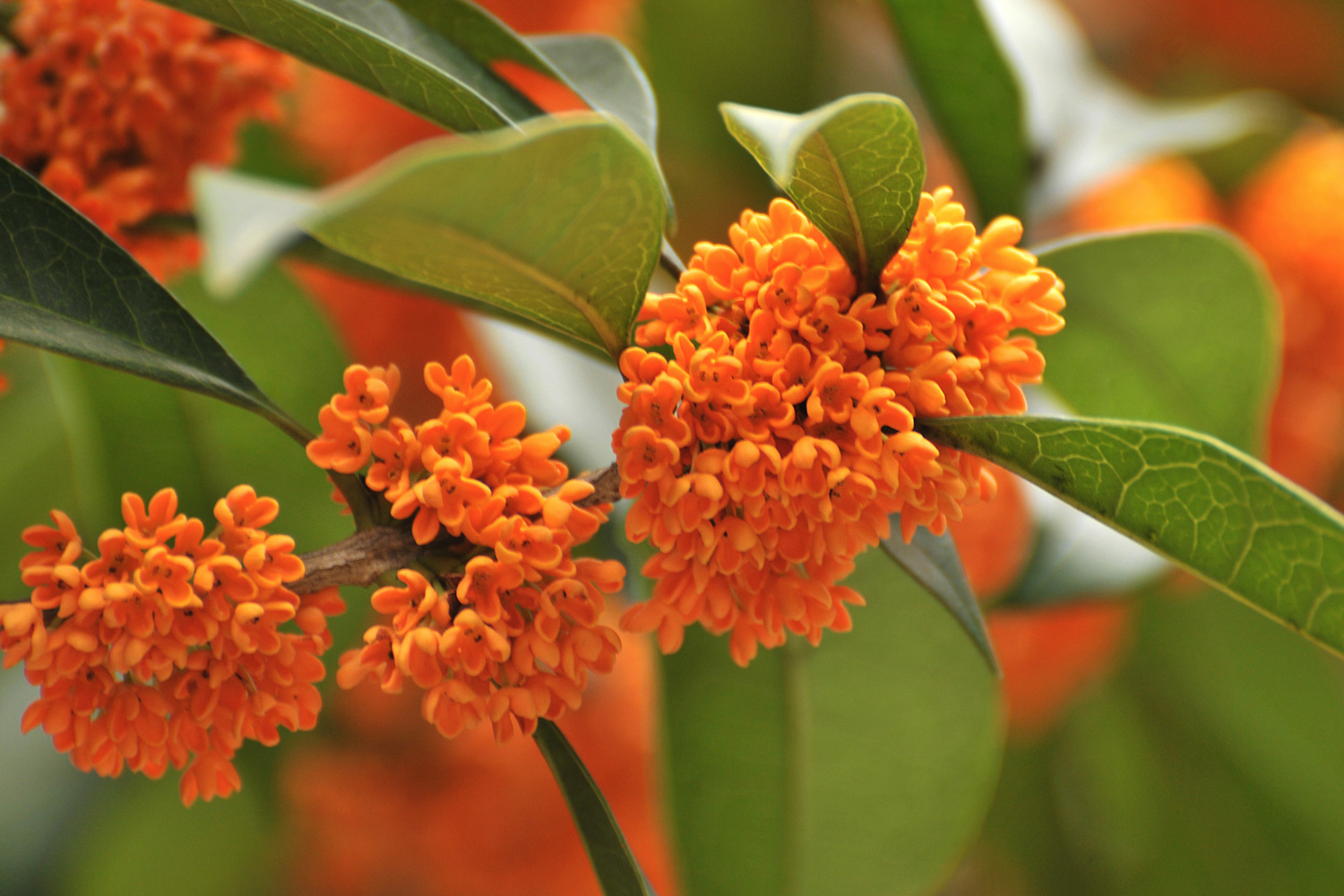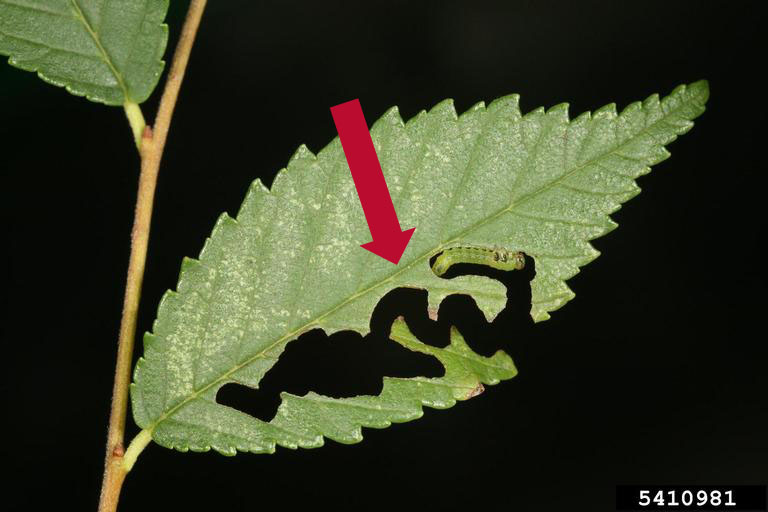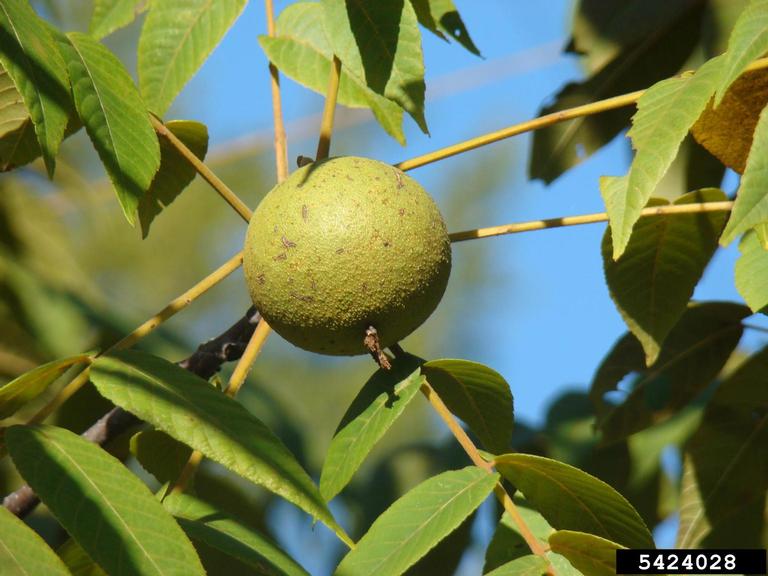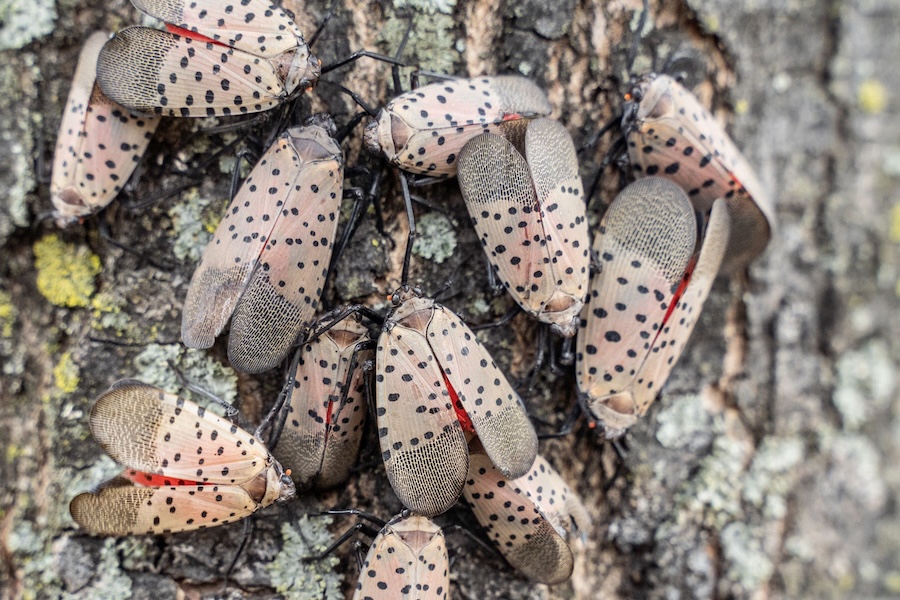Hiring a tree care service is an important decision. If your trees are in need of pruning or fertilizing, have suffered weather-related damage, or require shaping or removal, you may benefit from the work of an arborist or tree care specialist.
Training, Insurance, and Liability
Tree care work is among the most dangerous jobs in the United States and should only be performed by those trained and equipped to work safely. Poorly implemented tree work can be deadly to tree workers. Workers can fall, be struck by branches, be electrocuted in power lines, get pulled into chippers, or cut with saws.
When hiring a tree service, ask for certificates of insurance, including proof of liability for personal and property damage and worker’s compensation. Then contact the insurance company to make sure that the policy is current. In some circumstances, you can be held financially responsible if an uninsured worker is hurt on your property or if the worker damages a neighbor’s property.
Professional Organizations and Certifications
Consider companies whose arborists are members of professional organizations such as the International Society of Arboriculture (ISA), the Tree Care Industry Association (TCIA), or the American Society of Consulting Arborists (ASCA). Members of professional associations have access to continuing education opportunities and are likely to be up-to-date on current tree care practices and procedures. Membership in these and other professional organizations does not guarantee quality, but it does indicate professional commitment.
Ask if the company employs ISA Certified Arborists or ASCA Registered Consulting Arborists. These professionals have established their knowledge and competence in the art and science of planting, caring for, and maintaining trees.
Consulting and Full-Service Arborists
Full-service arborists are professionals who possess skills in planting, transplanting, pruning, fertilizing, pest management, disease diagnosis, tree removal, and stump grinding. Consulting arborists are experts who offer advice, but do not perform services. They specialize in tree appraisals, diagnosing problems, and recommending treatments.
Consider hiring an independent certified or consulting arborist before contracting for a service. This will provide some protection from unnecessary tree removal or paying for services that are not needed.
Beautiful, healthy trees reduce heating and cooling costs, add value to the property, and have many social and ecological benefits. Conversely, poorly maintained trees can be a liability or even a hazard. Poorly trained workers can damage and disfigure trees, triggering the tree’s death spiral. Hiring good tree care is well worth a fair price.
| Tips for Selecting a Tree Care Company: | Beware of: |
|---|---|
|
|



